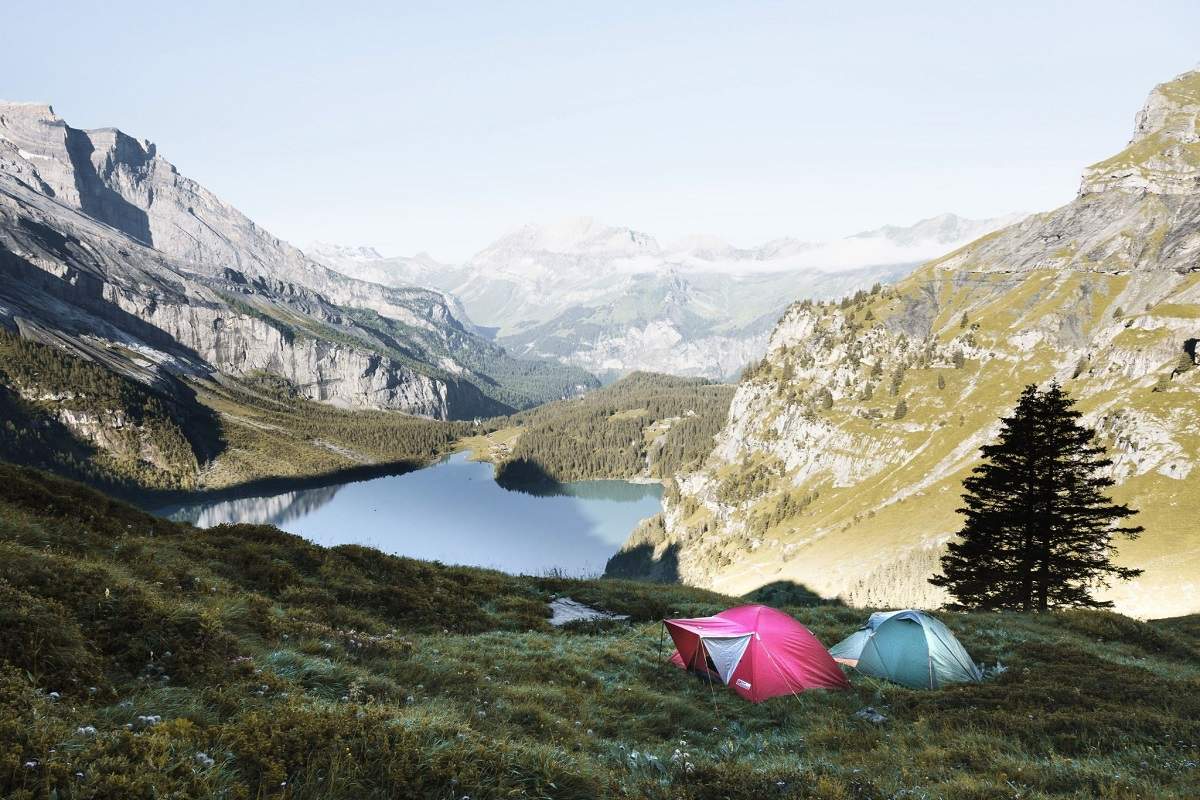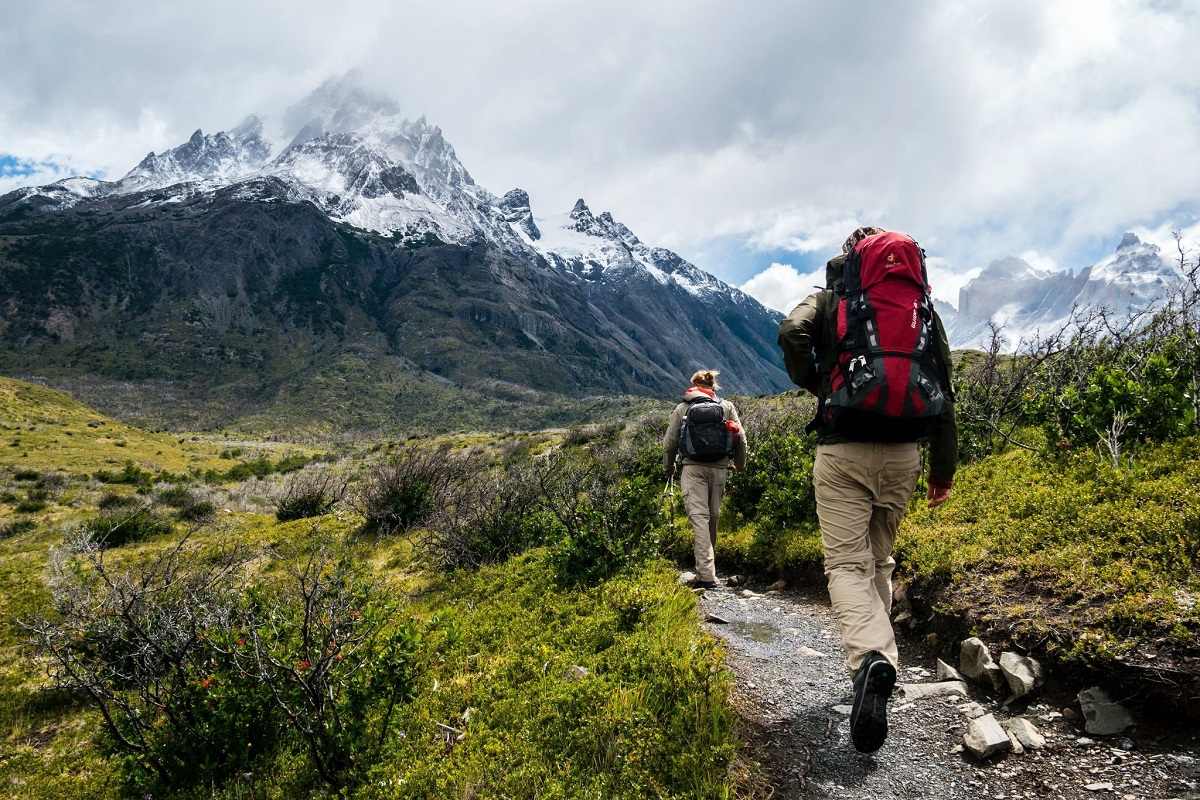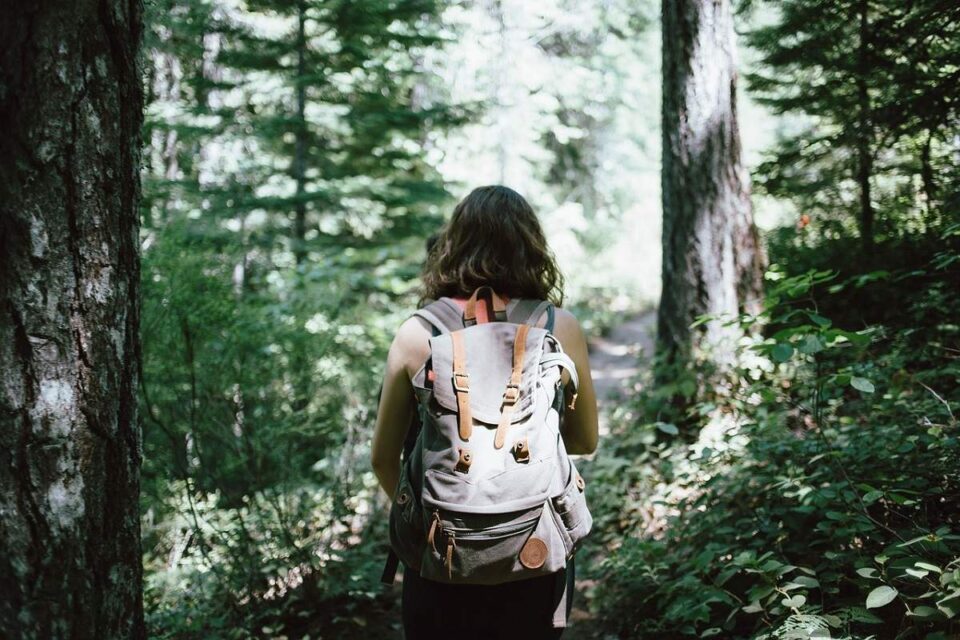Backpacking In The Wild
If there’s one thing that you shouldn’t do when you’re keen on exploring the wild, is to underestimate it. Many people tend to go unprepared, and in the best-case scenario, they’ll have a bad time and won’t want to go out on the trails again. And unfortunately, they miss the entire point of backpacking.
When you want to head out and have fun, it’s not enough to grab a few essentials and head out. You should also be physically prepared; you should know what you’re getting into, you should have all the necessary permits, etc. Also, if you aren’t sure about gear, here’s a suggestion – ultralight synthetic sleeping bags are the best choice for the absolute essential in just about any weather conditions.
And we’re here to help you enjoy the adventure and not be afraid of it. To that end, we’ll be discussing some essential tips on how to go out backpacking and camping in the wild, and hopefully, you’ll have fun!
Have the Right Gear
To kick things off, bringing the wrong gear, or forgetting something can absolutely wreak havoc on your entire backpacking trip. Whether that’s bringing a summer sleeping bag when camping in sub-zero temperatures or getting a non-waterproof tent during the rainy season, you won’t have fun on that trip.
 Copyright: Unsplash | CC0 Public Domain
Copyright: Unsplash | CC0 Public Domain
To make sure you’re covered in terms of gear, make yourself a packing list. Start with the essential things, such as a backpack that fits you properly. This means that you’ll be able to get a good weight distribution, and you won’t feel the backpack dragging you down when you’re trying to conquer the trails.
The right tent and sleeping bag are also incredibly important since you’ll be spending your nights in them. The right combination means that you’ll remain warm and dry regardless of the outside conditions, so make sure you know what you’re getting into and have the right gear for it.
Oh, and also, bring a headlamp. Probabilities are you’ll need to do quite a few things after sunset, and having a headlamp means that you’ll have two hands-free to do whatever it is you need.
Be Physically Prepared
Backpacking is an activity that does require you to prepare – you’ll be covering quite the distance, with a significant weight on your back, and you’ll still need to be able to set things up when you get to your campsite. For this reason, you should prepared and confident that you can conquer the trail that you’re choosing. If you aren’t sure, it’s always better to underestimate and choose a more accessible path than not getting to your destination.
If you’ve started preparing for your backpacking trip, here are a few tips. Try to add some stretches and mobility exercises into your workout routine. While at first, they might seem easy, they’ll go a long way towards helping your body endure the trip. An important thing to note while we’re discussing workouts is that you should keep track of your body’s response to various types of exercises. If you think you’re pushing it too hard and notice pain, take it easy or call it a day. You don’t need to hurt yourself.
Here’s an extra thing to keep in mind – do breathing exercises. Not only do these help relieve stress, but they’ll also go a long way towards increasing your lung capacity, something that’s important for any physical exercise, not just hiking.
Plan Things Out
Every trip should start with a plan, but a plan is extremely important when you’re out backpacking in the wild. It would be best if you began to prepare long before you head out, as this will give you enough time to pick the destination, date and have enough time to get yourself in shape and find the right gear.
 Copyright: Unsplash | CC0 Public Domain
Copyright: Unsplash | CC0 Public Domain
The first thing to do is choose the date for your trip. This will narrow down your location options because some places aren’t available at certain times of the year. It’s good to be versatile with your dates, though, because if you notice that the location you were thinking of is getting too populated, you could do things a few days later and avoid the crowds or go earlier.
Then, pick the trail you’ll be heading out on. We already mentioned that you should choose a route you will be able to conquer, and if you’re starting, don’t go for more than five to six miles of hiking per day. Also, unless you’re sure you can deal with them, avoid technical obstacles or massive elevation gains. And here’s a bonus tip you might not be considering – check if the trails you’re visiting require you to get some permit. It’s good to know this in advance so that you can take care of that.
Last but not least, arrange transportation. This will greatly depend on whether you’re making a loop trail, and how far the start (and finish) are from your home, but you should have a way of getting there and back. A shuttle is an option, too.

